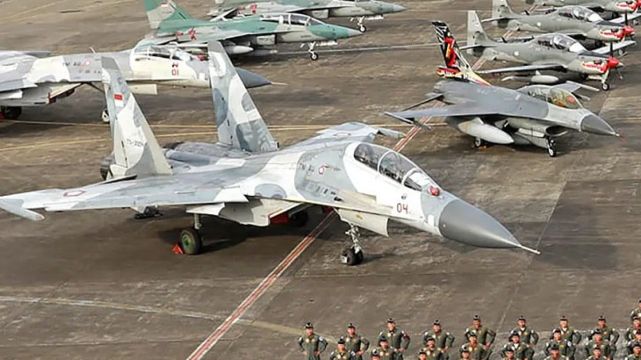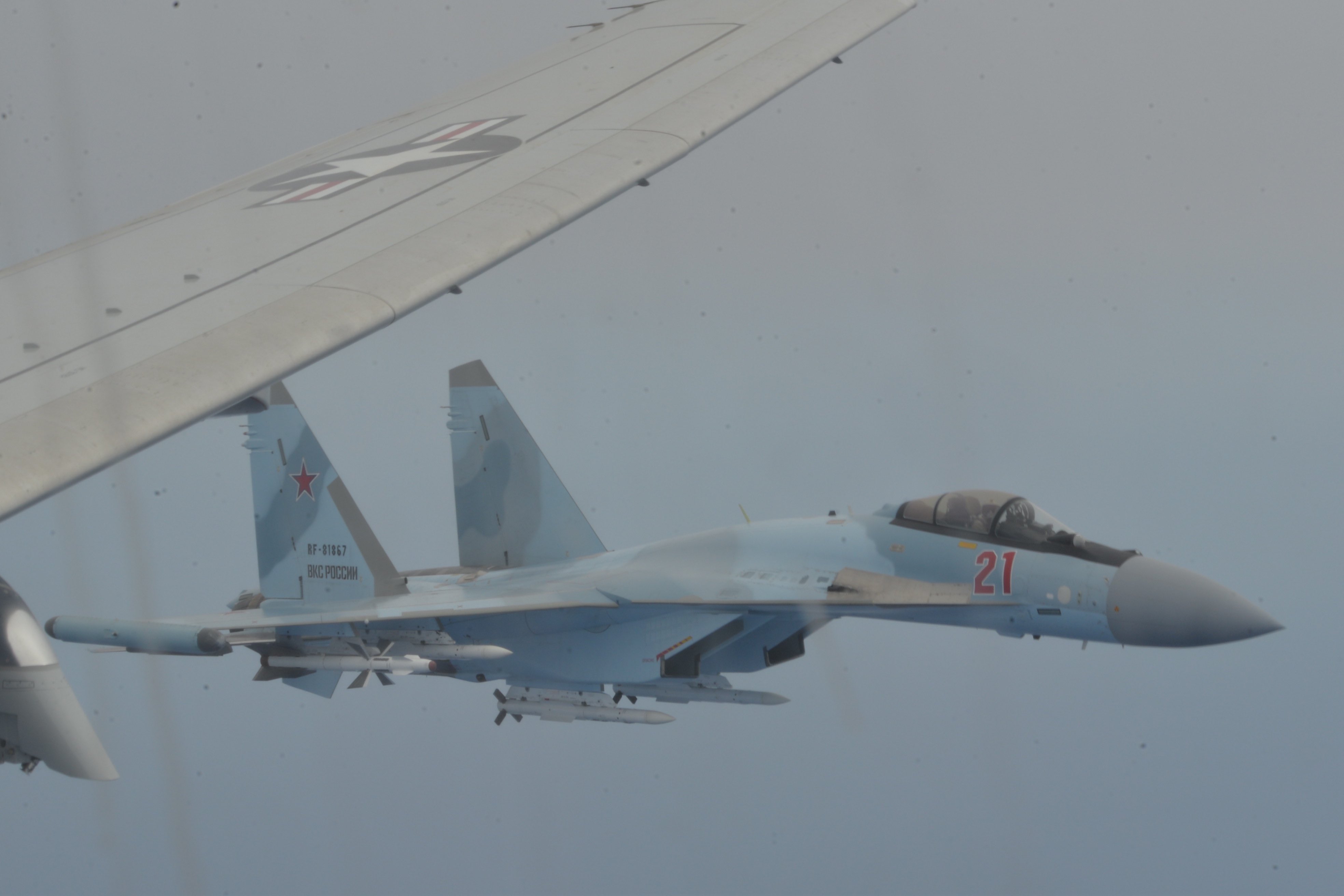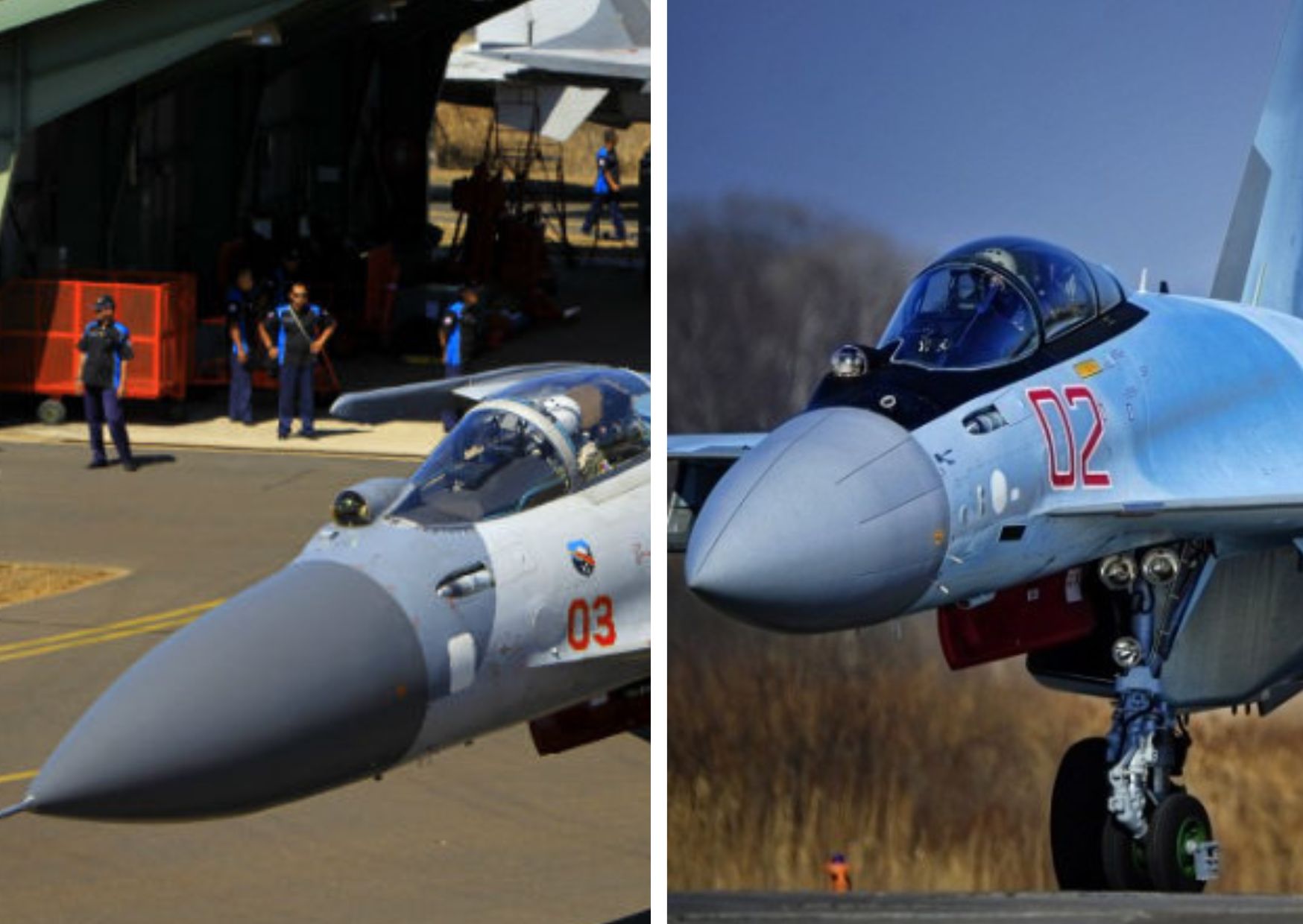There used to be a Russ vs XYZ thread that has magically disappeared. So let's not derail the Ukraine war thread @blackjack
>>>>>>>>>
I think you have a comprehension problem here, I clearly said that donated F-16s are MLU which is closer to Block 40 than the original Block 20s, not an actual Block 40s. An MLU bird is either a block 5,10,15 or 20 upgraded to be very similar to Block 40, 50/52, or 50/52+.
In some regards the F-16 MLU donated to Ukraine is even superior to Block 40s.
Russian measurements of RCS are a whole lot different than the West. In Russia's terms, fighter-sized" targets are an object with an RCS of around 20m^2. The Zaslon A is reportedly capable of detecting objects with 19m^2 RCS from around 200km away, while the modernized Zaslon M at around 300km for 20m^2 RCS. So when you boast that the MiG-31 is capable of shooting down aircraft at more than 300km, you're boasting its capability at airline-sized targets, not F-16 with an RCS of 2m^2.
The Western norms when they describe "fighter-sized targets" hovers around 5m^2. That's more realistic than Russia's interpretation.


Russia's best, like the IRBIS-E, are not particularly spectacular either, yes true it can detect 20m^2 objects from 400km away, but that is in pencil mode beam and at peak power concentrated at a very narrow FoV. Using that on volume search with average operating power, the detection range drops to 200km, and drops again to 170km in lookdown mode.

That's because you're not a good reader in the first place. The AIM-260 real range is classified, the USAF only mentions "in excess' of 200km or 200km+, that 200km+ could be 250km, 300km, 500km, etc, we will never know.

The thing is the JATM is designed to counter the advanced Chinese PL-21 series missile with a reported range of more than 300km (125 mi), it's only natural for the USAF to field something that flies even further than 300km. The JATM is designed with high standards in mind, against very advanced and very long-range Chinese missiles, not Russian.

AWACS has around 400-700km of detection range depending on the model, Russian jets could detect airline-sized objects at around 200-300km,
Erieye ER could detect fighter-sized (5m^2) objects at around 403 miles or 648 km, larger jets like the MiG-31 could theoretically be detected even further.

Not all BARS are PESA, some are Doppler, the PESA BARS are NO11M, SU-27SM2 uses N011 BARS which is Doppler. There's only one unit in the Russian air force that uses the MiG-29 (Izd 9-13) that is situated in faraway Armenia, the MiG-35 has phased array radar but their numbers are minimal.
Singapore, Pakistan, and Taiwan regularly train to fly and operate their F-16 from highways, no big deal. Ig they can Ukraine can.
>>>>>>>>>
OK give me a source than for the APG-66v(2) since its not just forecast international that gives it a 50km tracking range https://cmano-db.com/pdf/sensor/2083/ https://www.radartutorial.eu/19.kartei/08.airborne/karte015.en.html#:~:text=AN/APG-66(V)2A is an AN,signal processor line replaceable units. Also give me a source that says its a block 40 since the only sources I am getting is a block 20.
I think you have a comprehension problem here, I clearly said that donated F-16s are MLU which is closer to Block 40 than the original Block 20s, not an actual Block 40s. An MLU bird is either a block 5,10,15 or 20 upgraded to be very similar to Block 40, 50/52, or 50/52+.
In some regards the F-16 MLU donated to Ukraine is even superior to Block 40s.
Although you are quoting the capture range than the tracking range. a mig-31BM with a less powerful radar than the Su-35 hit a fighter sized target from 300kms away.
View attachment 60340
Russian measurements of RCS are a whole lot different than the West. In Russia's terms, fighter-sized" targets are an object with an RCS of around 20m^2. The Zaslon A is reportedly capable of detecting objects with 19m^2 RCS from around 200km away, while the modernized Zaslon M at around 300km for 20m^2 RCS. So when you boast that the MiG-31 is capable of shooting down aircraft at more than 300km, you're boasting its capability at airline-sized targets, not F-16 with an RCS of 2m^2.
The Western norms when they describe "fighter-sized targets" hovers around 5m^2. That's more realistic than Russia's interpretation.
Russia's best, like the IRBIS-E, are not particularly spectacular either, yes true it can detect 20m^2 objects from 400km away, but that is in pencil mode beam and at peak power concentrated at a very narrow FoV. Using that on volume search with average operating power, the detection range drops to 200km, and drops again to 170km in lookdown mode.
I only see alot of google sources say AIM-260km is to be 200kms. I dont know if you have noticed but the RVV-MD2 is operational and set in production before the AIM-9X block 3 with similar specs. I dont know about these 200km missiles project the U.S. boasts about but I think they have to be operational and in production, supplied it the U.S. before suppying it to Ukraine.
That's because you're not a good reader in the first place. The AIM-260 real range is classified, the USAF only mentions "in excess' of 200km or 200km+, that 200km+ could be 250km, 300km, 500km, etc, we will never know.
The thing is the JATM is designed to counter the advanced Chinese PL-21 series missile with a reported range of more than 300km (125 mi), it's only natural for the USAF to field something that flies even further than 300km. The JATM is designed with high standards in mind, against very advanced and very long-range Chinese missiles, not Russian.
I mean they can send AWACs but i dont think it would be a great idea to get hit 200-300kms from a Su-35 or mig-31BM according to the target they hit 300kms away in the 1990s. Maybe the R-37M can set a new record of hitting an AWACs 400kms away.
AWACS has around 400-700km of detection range depending on the model, Russian jets could detect airline-sized objects at around 200-300km,
Erieye ER could detect fighter-sized (5m^2) objects at around 403 miles or 648 km, larger jets like the MiG-31 could theoretically be detected even further.
yes they do, have you heard of the Su-27SM2 and the mig-29s use BARS radars. its always back and forth about radar breakthroughs. mig-31 was this 1st aircraft in the world with PESA, US or Japan with AESA and supposedly Russia with ROFAR. That aside I only have sources that suggest those F-16s use pulse radars unless you have sources that those F-16s are higher tier blocks I am all eyes here.
Not all BARS are PESA, some are Doppler, the PESA BARS are NO11M, SU-27SM2 uses N011 BARS which is Doppler. There's only one unit in the Russian air force that uses the MiG-29 (Izd 9-13) that is situated in faraway Armenia, the MiG-35 has phased array radar but their numbers are minimal.
The Ukrainians have received several hundred Storm Shadows and Scalps, but instances their combat use are only a literally handful so far. Not even NATO could comprehensively destroy all the combat aircraft of Yugoslavia or Iraq despite enjoying true air dominance, so I’m not sure why certain people are reading so much into the fact the AFU can still launch the occasional sortie from their deep interior.
If the AFU are doing so well with their existing fighter fleet, why all the clamour to get F16s?
Unless any NATO member is moronic enough to allow the AFU to base and operate F16s from their territory, no amount of F16s supplied will make any meaningful impact because of the airport support situation.
Singapore, Pakistan, and Taiwan regularly train to fly and operate their F-16 from highways, no big deal. Ig they can Ukraine can.
Attachments
Last edited:











